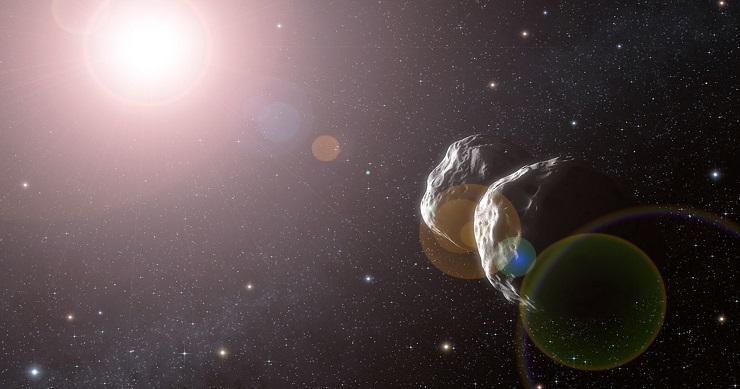Betelgeuse, a prominent star in the Orion constellation, exhibits unusual characteristics for a red supergiant, such as rapid rotation and a high level of heavy elements like nitrogen in its atmosphere. These traits have led astronomers to speculate that it might be the product of two smaller stars merging. Stars typically follow predictable life cycles, fusing hydrogen into helium, which affects their size and brightness. Betelgeuse’s odd properties suggest a recent internal mix-up and an unexpected spin speed.
Astronomers used computer simulations to test the theory that Betelgeuse originated from a binary system where a 16-solar-mass star combined with a smaller 4-solar-mass companion. The simulations showed that as the larger star expanded, it enveloped the smaller star, whose gravity pulled in material, increasing its mass. Friction caused the companion to spiral inward and eventually merge with the larger star’s helium core, releasing energy and outflows of material.
This merger would have temporarily reignited hydrogen fusion in the core of the new star, which soon returned to being a red supergiant. The process also mixed the star’s interior, explaining the presence of heavier elements in the outer layers and the increased rotation rate observed in Betelgeuse. However, confirming this merger hypothesis through direct evidence will likely only be possible after Betelgeuse goes supernova, an event that could provide insight into its chemical composition and potentially confirm if it was a solitary star or the result of a cosmic collision.
Key Takeaways:
- Betelgeuse’s unusual properties, such as its rapid rotation and high levels of heavy elements, suggest it might be the result of a merger between two stars.
- Astronomers have used computer simulations to theorize that Betelgeuse was once a binary system where the smaller star merged with the larger, causing the observed anomalies.
- The true nature of Betelgeuse’s origins, whether a single star or a product of stellar collision, is expected to be revealed by its eventual supernova, potentially observable in 50,000 to 100,000 years.
“However, Betelgeuse retained a memory of the collision. In the astronomers’ model, the merger mixed up the contents of the star, sending heavier elements, like nitrogen, into the upper reaches of the atmosphere, where some of it remains visible today.”
More details: here


Leave a Reply